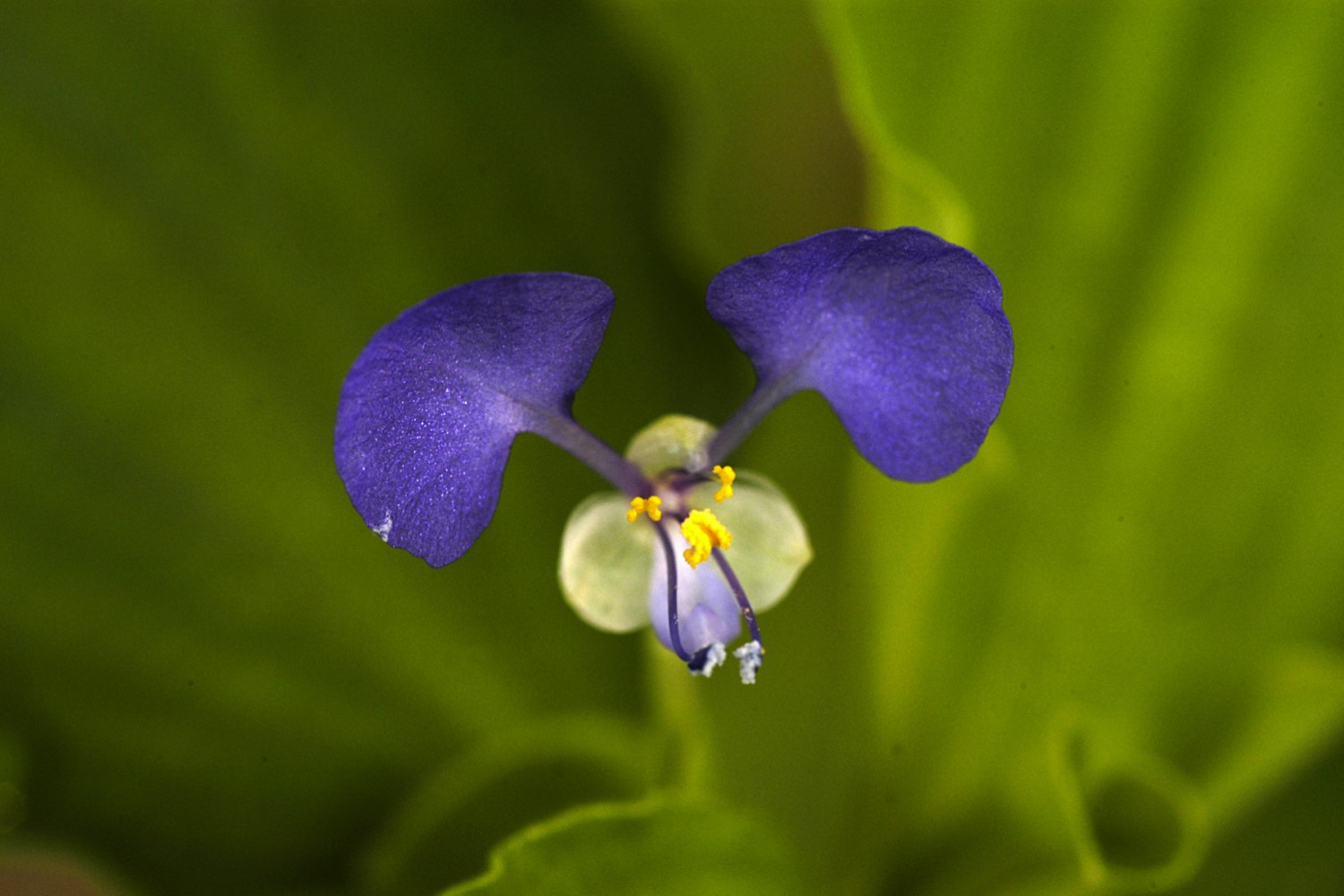Following a recent discovery of tropical spiderwort in Eastern North Carolina, farmers are being asked to be on the lookout for this aggressive and invasive weed.
- The recent discovery of tropical spiderwort in a cotton field in Craven County has prompted our Plant Industry Division to ask farmers to be on the lookout for this particularly troublesome and aggressive invasive weed in their fields.
- This is not the first time it has been found in the state. We have had sporadic infestations of tropical spiderwort before that were successfully treated.
- We are hopeful that we can continue the trend of treating spot infestations versus dealing with a more widespread and costlier issue.
- USDA recognizes tropical spiderwort as one of the world’s most troublesome invasive species. It poses a threat to over 20 economically important crops including soybeans and cotton.
- We are not sure how the weed came to be in the field, but we do know it can spread through floodwaters, migratory birds or contaminated equipment and vehicles that are moved from infested areas.
- This particular find was in a field along the Neuse River.
- The weed closely resembles several native dayflower species, which make IDing it harder.
- You should look for red hairs on the leaf sheath and the leaf shape. Tropical spiderwort has leaves less than twice as long as they are wide, so it has a more egg-like shape with a rounded edge.
- A common lookalike is an Asiatic dayflower, which has a tapered leaf twice as long as it is wide with a point at the end of the leaf.
- You can find photos of tropical spiderwort on our website at www.ncagr.gov.
- Farmers are really the first line of defense in the fight against tropical spiderwort. If someone suspects they have the invasive weed, they should contact your local cooperative extension office for assistance and verification.


